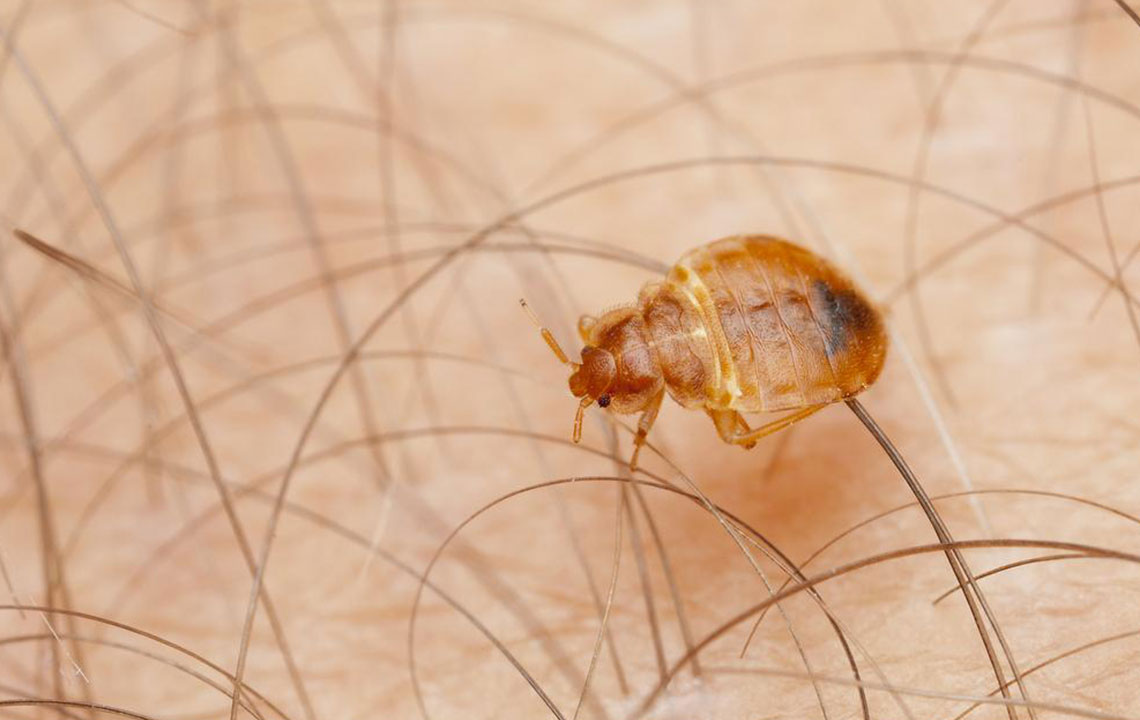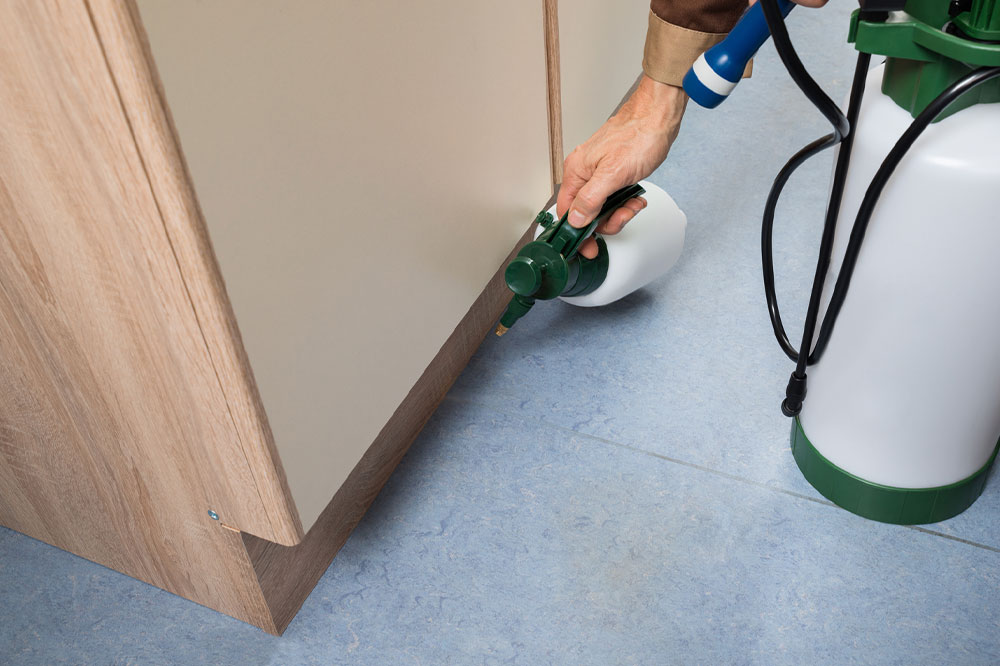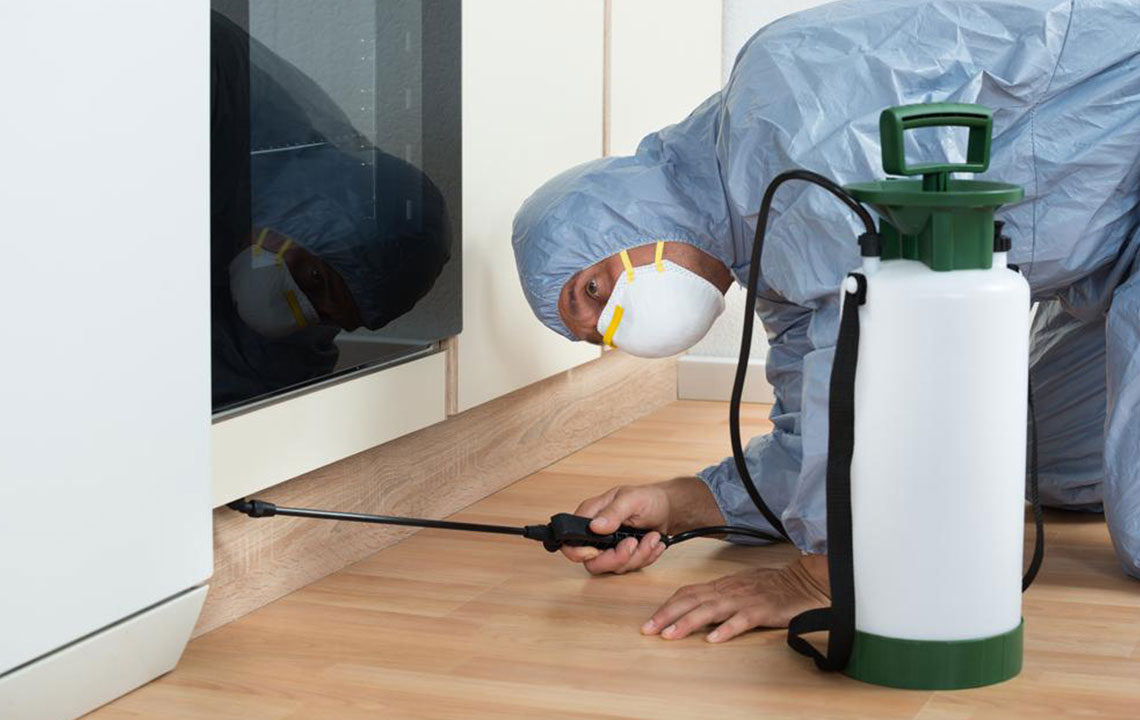Comprehensive Guide to Detecting and Eliminating Bed Bug Infestations for a Comfortable Home
This comprehensive guide offers detailed insights into recognizing and controlling bed bug infestations. It covers signs, detection methods, DIY eradication techniques, and professional treatment options to help homeowners effectively eliminate bed bugs and maintain a pest-free, comfortable living environment.

In-Depth Methods for Recognizing and Eradicating Bed Bugs
Encountering bed bugs can be an unwelcome surprise that quickly turns into a challenging problem for homeowners. These tiny, elusive pests are notorious for their rapid reproductive capabilities and their ability to hide in the smallest of crevices. If you wake up with itchy red spots, blisters, or skin irritation, it could be a sign that bed bugs have infiltrated your living space. Because they reproduce so swiftly and hide so well, it’s crucial to recognize early signs of infestation and take swift action to prevent widespread contamination. In this comprehensive guide, we'll explore everything you need to know about identifying, managing, and eradicating bed bugs effectively, so you can restore comfort and hygiene to your home.
Though bed bugs are not known to transmit diseases, their bites can cause significant discomfort, skin irritation, and emotional distress. They tend to nest near sleeping areas, such as mattresses, box springs, bed frames, and furniture seams, making detection critical. Their ability to hide in various locations makes eradication difficult without proper tools and methods. Learning how to identify their signs early can save you time and resources, helping maintain a peaceful and pest-free environment.
Below are essential points you should know regarding bed bugs, their behavior, and effective control strategies:
They do not transmit serious illnesses but can lead to intense skin reactions such as rashes, itching, and blisters that are often distressing and disruptive.
While their bites are irritating, bed bugs do not cause structural damage to furniture directly. However, their ability to thrive in tiny cracks and crevices makes it easier for infestations to spread rapidly.
Common signs of bed bug presence include dark fecal spots on bedding and furniture, blood stains on sheets, tiny exoskeleton shed skins, and the visible bugs themselves, which are about the size of an apple seed.
Detecting and eliminating bed bugs requires a combination of observation, cleaning, and sometimes professional intervention. Here are key steps to follow if you suspect an infestation:
Conduct thorough inspections of your bedding, mattress seams, headboards, furniture joints, and nearby crevices. Look for blood spots, fecal stains, and shed skins which are telltale signs of their presence.
Adult bed bugs are reddish-brown and approximately the size of a small apple seed, capable of feeding on human blood during the night, leaving itchy bites and skin irritation in their wake.
Vacuuming affected areas can help temporarily reduce their numbers but is insufficient to eliminate an entire infestation. Follow up with proper cleaning and treatment methods.
Exposing infested items to cold temperatures — below freezing for several days — can kill bed bugs, but this method alone may not be entirely reliable as some pests can survive in cooler environments without food.
Steam cleaning is one of the most effective DIY methods for bed bug control, as high-temperature steam penetrates mattresses, furniture, and cracks, killing eggs, nymphs, and adults without harming materials or posing health risks.
Regularly washing bedding, linens, and clothing in hot water (at least 60°C or 140°F) significantly reduces the risk of infestation. Cold washes are less effective against bed bugs.
Encasing mattresses and pillows with specialized bed bug-proof covers prevents bugs from hiding and biting during an infestation, creating an effective barrier that traps any pests inside.
Natural remedies, such as sprays infused with tea tree oil or other essential oils, can be used to control minor infestations, especially when applied to common hiding spots like seams, corners, and cracks.
While bed bugs do not pose direct health hazards beyond skin irritation, their presence can significantly impact mental health and stress levels. Therefore, prompt management is essential for maintaining a comfortable, healthy environment.
For severe or widespread infestations, consulting licensed pest control professionals is recommended. Professionals can employ advanced treatments, including chemical sprays, heat treatments, or fumigation, for complete eradication. Be prepared to vacate your home temporarily during chemical treatments and seek quotes from multiple providers to ensure effective and affordable solutions.
In summary, proactive detection combined with effective cleaning and treatment methods form the cornerstone of successful bed bug management. Educating yourself about their signs, practicing regular cleaning routines, and seeking professional help when needed can restore comfort to your home and safeguard your health against these persistent pests.





